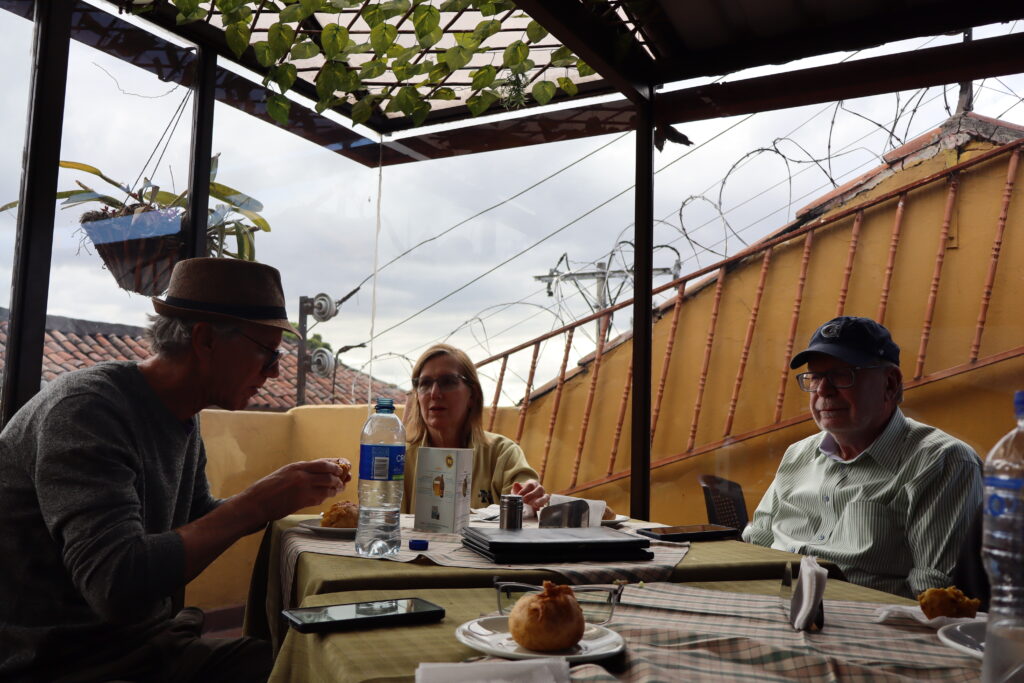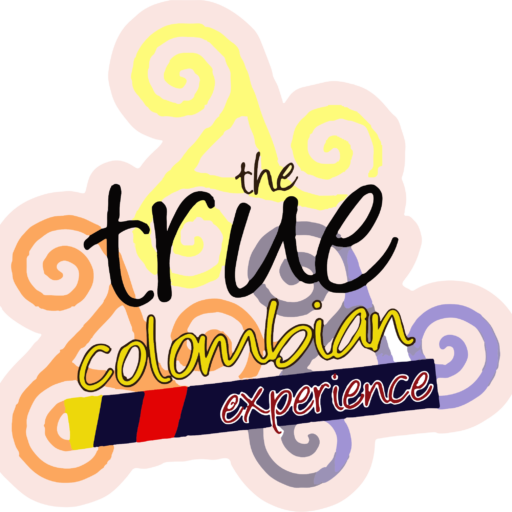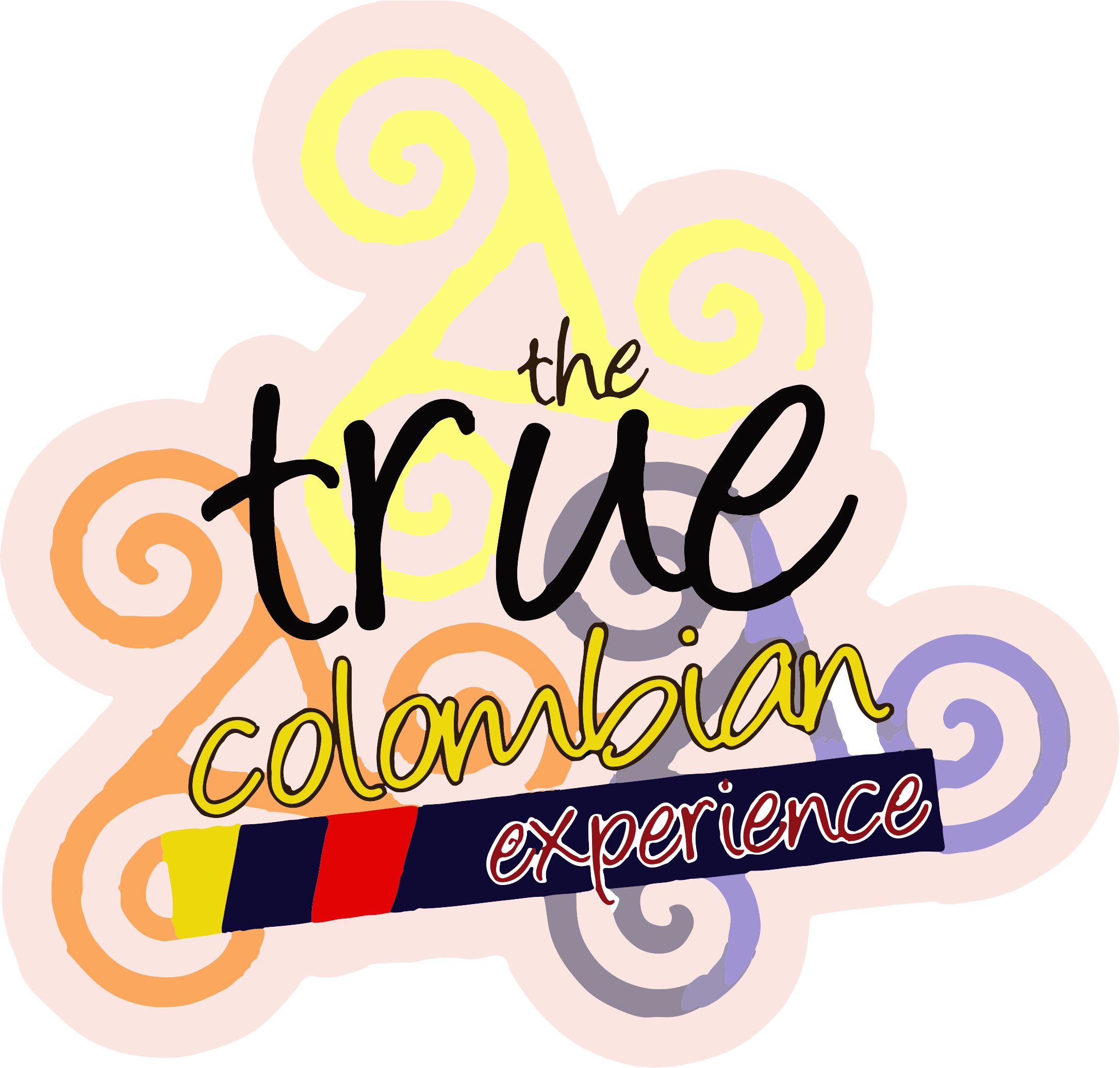I truly couldn’t believe what I was hearing; that the next dish on what was, so far, the best food tour I’d ever taken was a very ripe plantain cut into large pieces, fried in very hot oil, and then mashed. Then, a piece of cheese was placed in the middle and rolled into a cylinder, which would then be lined with wheat flour and fried again; in other words, it was fried twice. That was what stuck in my head as I stood in front of that house, with the classic, elegant sign jutting out from the wall above the entrance that read “Fulanitos Cocina Vallecaucana.” Then the guide told us:
—The name of this restaurant is very special, it’s something very Colombian, very local.
—”Fulano de tal” or “Fulanito de tal” is an expression that refers to someone and at the same time means everyone; in Colombia, for others, we are all “Fulanitos.” —Diego explained—
The idea stayed with me because, as a Canadian, I was coming to discover and enjoy Bogotá culture through food. What better place to do it than a restaurant in the heart of La Candelaria, where they would serve us a piece of the town, a piece of the Valle del Cauca department, in the capital.
—On this walking tour, we will get to know Bogotá as the capital of all Colombians; Bogotá is an exact representation of Colombia with all its colors and flavors! —said our guide—
When we entered, we felt like we were in the past; that romantic past of the Bogotá of yesteryear, that one that promised and revealed itself as a young and impetuous city of elegant streets and lanterns moistened by the cold mist that gave a touch of elegance and mystery to the city. We were introduced to our hosts, Don Walter and Luz, who kept the heritage of the original creators alive. A perfect duo: a man from Medellin with a man from Cali, the latter Don Carlos Ordoñez, who had the magnificent idea of recreating the recipes of his nanny, the Black Snow, right there in Cali. To surprise the people of Bogotá and visitors from around the world with a taste of that unique flavor of the Cauca Valley in the capital of all Colombians, the magical Bogotá. The guide told us we would be eating Aborrajado, one of the most popular masterpieces of Cauca cuisine, and invited us to follow him up the antique wooden stairs and then up a smaller, somewhat hidden and movable staircase that gave the place an even more vintage touch. He invited us to reach the third floor, where we would have one of the best views of our tour in Bogotá. There we would also try our special dish. Around 35 years of history were encapsulated in this dish, our guide Diego told us, as we arranged ourselves at the table to savor the delicacy.
I had already taken the tour to the Salt Cathedral of Zipaquira, the city tour with Monserrate, and others. But without a doubt, the food tour was where I truly understood more about Colombia.
By Fredy Calderon






